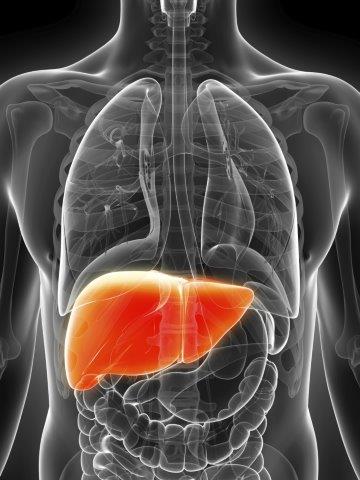FOR IMMEDIATE RELEASE
ACS News Service Weekly PressPac: January 27, 2016
Making liver tissue in the lab for transplants and drug screening
"On-Chip Construction of Liver Lobule-like Microtissue and Its Application for Adverse Drug Reaction Assay"
Analytical Chemistry
Engineered liver tissue could have a range of important uses, from transplants in patients suffering from the organ’s failure to pharmaceutical testing. Now scientists report in ACS’ journal Analytical Chemistry the development of such a tissue, which closely mimics the liver’s complicated microstructure and function more effectively than existing models.
The liver serves a critical role in digesting food and detoxifying the body. But due to a variety of factors, including viral infections, alcoholism and drug reactions, the organ can develop chronic or acute problems. When it doesn’t work well, a person can suffer abdominal pain, swelling, nausea and other symptoms. Complete liver failure can be life-threatening and can require a transplant, a procedure that currently depends on human donors. To curtail this reliance and provide an improved model for predicting drugs’ side effects, scientists have been engineering liver tissue in the lab. But so far, they haven’t achieved the complex architecture of the real thing. Jinyi Wang and colleagues came up with a new approach.
Wang’s team built a microfluidics-based tissue that copies the liver’s complex lobules, the organ’s tiny structures that resemble wheels with spokes. They did this with human cells from a liver and an aorta, the body’s main artery. In the lab, the engineered tissue had a metabolic rate that was closer to real-life levels than other liver models, and it successfully simulated how a real liver would react to various drug combinations. The researchers conclude their approach could lead to the development of functional liver tissue for clinical applications and screening drugs for side effects and potentially harmful interactions.
The authors acknowledge funding from the National Natural Science Foundation of China and the Fundamental Research Funds for the Central Universities.


